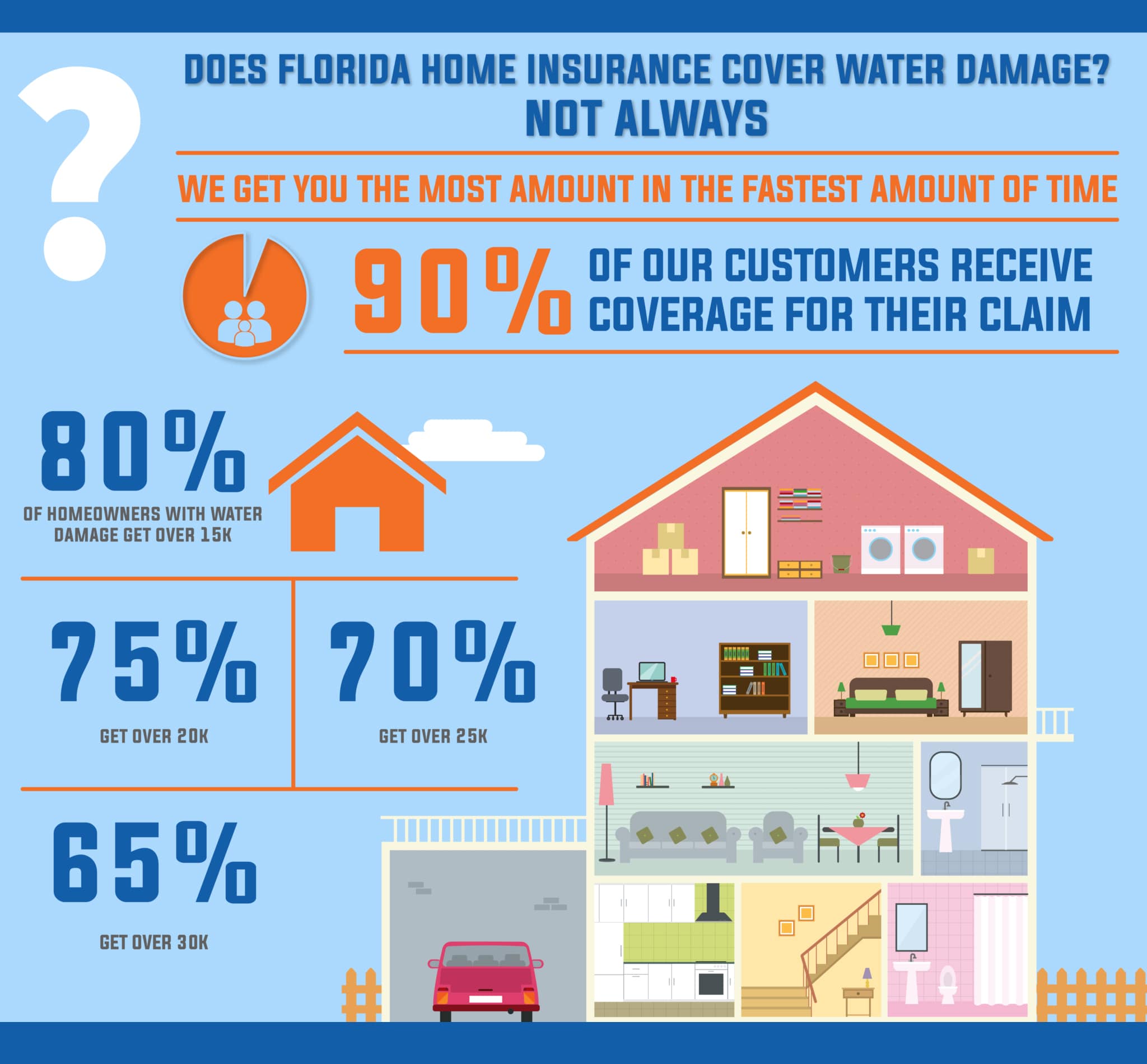Examining The Benefits And Drawbacks Of Steel Roof Covering In Contrast To Tile Roofing
Examining The Benefits And Drawbacks Of Steel Roof Covering In Contrast To Tile Roofing
Blog Article
Author-Mathiassen Lundberg
When you're considering a brand-new roofing, the option between metal and shingle roofing isn't uncomplicated. You might locate steel roof coverings appealing for their longevity and power performance, yet the higher preliminary price can be a downside. On the other hand, shingle roofing systems supply a timeless appearance and lower upfront costs, but they might call for more constant fixings and have a much shorter life expectancy. So, which alternative aligns far better with your priorities? Let's explore the key variables that can affect your decision.
Introduction of Steel Roof
Metal roof has obtained appeal over the last few years because of its durability and visual appeal. When you choose steel roof, you're selecting a product that can endure severe weather conditions, including hefty rainfall, snow, and high winds.
Unlike typical roof shingles, steel roofs can last 40 to 70 years with marginal maintenance, making them a lasting investment.
An additional benefit of steel roof covering is its power performance. You'll find that many metal roofings are made to mirror solar warmth, which can help reduce your air conditioning prices during hot summer months.
Plus, steel roof coverings are often made from recycled products, which interest ecologically mindful house owners.
In terms of layout, steel roofing can be found in various designs, shades, and surfaces, enabling you to tailor your home's appearance. Whether you like a streamlined contemporary look or a rustic appeal, you'll have options to match your vision.
Finally, metal roof is resistant to bugs and rot, offering you satisfaction that your roofing system will stay intact throughout the years.
With all these benefits, it's no surprise several house owners are making the switch to metal roof.
Introduction of Tile Roofing
When considering roof choices, tile roof remains a prominent option amongst property owners for its cost and convenience. Roofing shingles come in different products, including asphalt, wood, and fiberglass, permitting you to choose a style that fits your home's visual and spending plan. Asphalt tiles are the most typical type, recognized for their cost-effectiveness and convenience of installation.
Among the primary benefits of tile roofing is its variety of design and colors. This adaptability suggests you can conveniently match your roofing system to your home's outside. Furthermore, tile roofings normally have a lifespan of 20 to thirty years, relying on the material and maintenance, making them a useful lasting investment.
https://josuelevne.newsbloger.com/33012103/within-the-extensive-choice-of-roof-covering-products-discover-the-important-considerations-that-will-make-sure-your-decision-contributes-to-the-charm-and-resilience-of-your-home-over-time is usually fast and simple, which can conserve you on labor prices. You can typically locate regional specialists who focus on tile roofing, giving you alternatives for competitive pricing.
While tile roofs might not have the exact same longevity as metal roofings, their lower first cost and ease of repair work make them an appealing choice for many home owners. In general, roof shingles roofing uses an equilibrium of cost, aesthetic allure, and functionality that continues to resonate with those looking to improve their homes.
Secret Contrasts and Considerations
Selecting between metal and tile roofing entails a number of essential contrasts and considerations that can dramatically influence your choice.
Initially, think of longevity. Steel roofing systems can last 40 to 70 years, while asphalt tiles typically last 15 to thirty years. This long life suggests that although metal might have a higher in advance expense, it might save you cash over time.
Next off, take into consideration upkeep. Steel roofings call for less maintenance, withstanding mold and mildew and mildew, while roof shingles may need more constant maintenances.
Weather condition resistance is another essential factor. Metal roof coverings manage severe weather condition well, including hefty rainfall and snow, whereas roof shingles can be vulnerable to wind damages.
Looks also play a role. Roofing shingles offer a standard appearance that many homeowners choose, while steel roof covering is available in numerous styles and colors, enabling more customization.
Last but not least, assess insulation and power effectiveness. Steel roofs reflect warmth, maintaining your home colder, while shingles might absorb a lot more warmth, impacting your power bills.
Ultimately, evaluate these aspects against your budget plan, local environment, and individual preferences to make the most effective roof choice for your home.
Final thought
In conclusion, picking between steel and roof shingles roof covering ultimately depends on your concerns. If you're searching for toughness and long-lasting savings, metal roofing systems may be the means to go. However, if you choose a timeless appearance and reduced in advance expenses, roof shingles could be more suitable. Take into best roofing companies in san antonio like your budget plan, climate, and personal design to make the best choice for your home. Whichever you choose, both options have their one-of-a-kind benefits to use.
